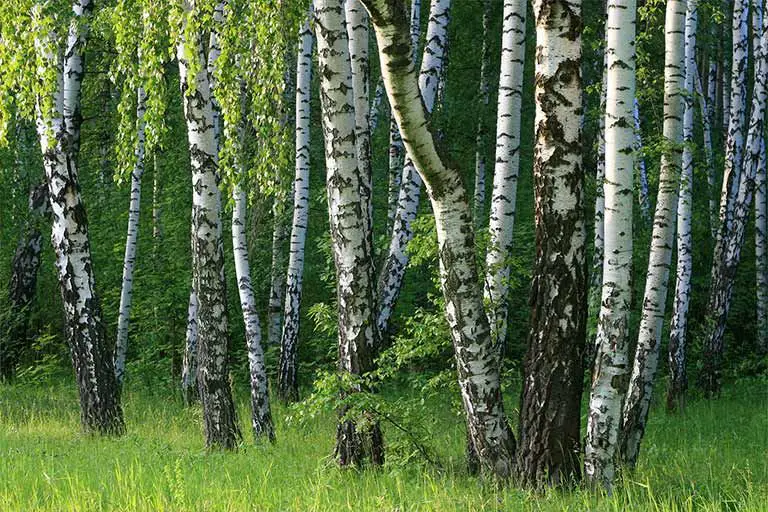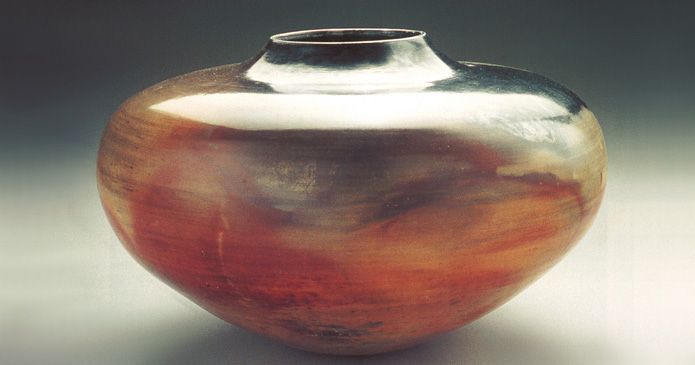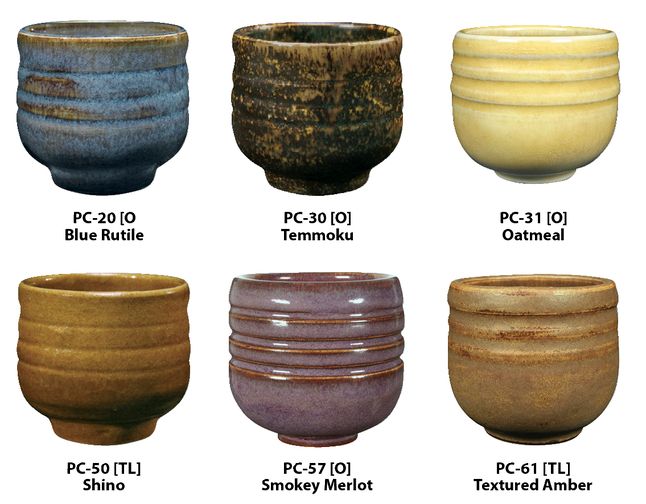Where Do Baltic Birch Trees Grow?
The term “Baltic birch” is commonly used to refer to birch plywood from Northern European countries like Russia, Finland, and the Baltic states of Estonia, Latvia, and Lithuania. Baltic birch plywood is not made from a single birch species, but most commonly uses wood from downy birch (Betula pubescens) or silver birch (Betula pendula).
Baltic birch plywood is prized for its strength, stability, and beautiful pale appearance. The layered construction minimizes defects and makes Baltic birch a versatile plywood for cabinetry, furniture, flooring, and crafts. Its popularity has grown outside Europe and it is now widely exported around the world.
Native Habitat
Baltic birch trees are native to the northeastern European region near the Baltic Sea, including Scandinavia, Russia, Belarus and the Baltic states of Estonia, Latvia and Lithuania (https://sfkplywood.com/where-does-baltic-birch-plywood-come-from/). They are commonly found growing across northern Europe into Siberia and parts of Asia, with a native range that stretches across Finland, Sweden, Norway, Denmark, Russia, Ukraine, northern Kazakhstan, and northern China (https://www.wood-database.com/baltic-birch/).
The trees grow abundantly in the boreal forests of the taiga biome, which has cold winters and mild summers. This is a huge swath of coniferous forest that spans Eurasia and North America at high northern latitudes. Within their native range, Baltic birch trees are found growing naturally alongside other tree species like pine, spruce, fir, larch, and aspen.
Climate
Baltic birch trees grow best in a cool, humid climate with mild summers and cold winters. They prefer locations with abundant rainfall and high atmospheric moisture levels. The ideal climate for Baltic birch has average summer high temperatures around 70°F (21°C) and winter lows around 0°F (-18°C). These trees thrive in areas with moderate temperature variation between seasons.
Baltic birch trees are native to northern Europe and Russia, where the climate is classified as humid continental or subarctic. This biome type experiences precipitation spread evenly throughout the year, though winters tend to be drier than summers. Annual precipitation ranges from 20-40 inches. The growing season for Baltic birch is about 150 days long after the last spring frost. Frost can occur any time from September to May in the birch tree habitat.
Baltic birch trees can tolerate cold winters with temperatures as low as -40°F (-40°C). However, milder winters with minimal temperature fluctuations are ideal. These birch trees also require high humidity levels of around 60-80%. They do not tolerate arid or drought-prone climates well. The combination of cool temperatures, abundant moisture, and humidity found in northern boreal forests provides the perfect climate conditions for healthy Baltic birch growth.
Soil
Baltic birch trees thrive in a variety of soil conditions, including rich organic soils and sandy loam soils. According to sources, birch trees grow well in soils with a pH between 4.5 and 6.5, preferring slightly acidic conditions. The trees can tolerate both poor, nutrient deficient soils as well as richer garden soils. However, their growth is best in deep, moist, and well-drained loamy soils that are not too clayey or compacted. Proper soil drainage is important to prevent waterlogged roots. While birches can grow in drier soils, ample moisture is needed for fast, healthy growth. Fertile loamy sand or silt loam soils provide ideal conditions.
Overall, Baltic birch trees are adaptable to various soil types, from sandy to loamy, as long as the soils are not overly wet or compacted. Moisture retention coupled with good drainage leads to the fastest growth rates. Birches favor slightly acidic soil conditions common in their native boreal forest habitats.
Lifespan
The lifespan of Baltic birch trees can vary quite a bit depending on the climate and growing conditions. In ideal conditions, Baltic birch trees can live for up to 150 years. However, the average lifespan is between 60-80 years in the wild.
Baltic birch is generally a slower growing tree, especially in the beginning of its life. It takes about 10 years for a Baltic birch tree to reach maturity and begin producing seeds. For the first decade, the tree only grows about 1-2 feet per year. After reaching maturity around age 10, the growth rate increases to 1-2 meters per year until the tree is about 50 years old.
After 50 years of age, the growth rate of Baltic birch begins to slow down again as the tree reaches old age. The tree becomes more susceptible to disease and damage from weather as it gets older. Few Baltic birch trees in wilderness areas surpass 100 years old. Those that do make it past a century are more commonly found in parks, yards or other maintained environments.
So while Baltic birch trees can potentially live over 100 years, their actual lifespan in natural forests is more commonly 60-80 years on average before disease, weather events or other factors cause their demise.
Growth Rate
Baltic birch trees grow relatively slowly in the first few years after germination. According to The Wood Database, the trees may only grow a few inches per year during this initial period.
However, after the first 2-5 years, Baltic birch trees start to accelerate their growth rate. Once established, they can grow over one foot per year on average. The trees thrive best in moist, cool climates with ample sunlight. Under optimal conditions, some Baltic birch trees have been documented growing over 3 feet per year.

Baltic birch trees reach maturity around 40-50 years old. At this point, the annual growth rings start to get tighter, indicating slower growth. Mature trees tend to max out around 80-100 feet tall on average. The growth rate declines gradually as the tree ages past maturity.
Overall, Baltic birch is considered a moderately fast growing species compared to other birch trees. The wood is characterized by having a fine, even texture with thin growth rings. This is achieved by the rapid growth rate once the tree is established.
Pests
Baltic birch trees are susceptible to some pests and diseases that can damage or even kill them. Some of the main pests that affect Baltic birch include:
- Birch leafminer – The birch leafminer (Fenusa pusilla) is an insect whose larvae feed on the inside of birch leaves, causing brown blotches and deformities in the leaves.
- Bronze birch borer – The bronze birch borer (Agrilus anxius) is a beetle that bores into the bark of birch trees, disrupting nutrient flow and often killing branches or the whole tree.
- Asian longhorned beetle – While not birch-specific, the invasive Asian longhorned beetle (Anoplophora glabripennis) is a serious pest that can damage and kill birch trees.
- Canker diseases – Birch are prone to several canker diseases like cytospora canker, which causes dieback of branches.
Proper tree care, pruning of infested branches, pest management, and removal of heavily infected trees can help manage these birch pests. However, they remain an issue that Baltic birch trees are vulnerable to in their native and cultivated habitats.
Sources: https://woodweb.com/knowledge_base/Baltic_Birch_Plywood_Dovetail_Tearout_Problems.html, https://www.woodcraft.com/blog_entries/wood-under-attack
Cultivation
Baltic birch trees are typically native to northern and northeastern Europe, especially around the Baltic Sea region. However, they have been introduced and cultivated outside of this native range, especially for commercial purposes. For example, Baltic birch is grown on tree farms and plantations in parts of the United States, Canada, and China (Source). These trees are prized for their high quality, pale wood that is used to manufacture plywood, furniture, and other wood products.
Baltic birch requires rich, moist soil and cool summers to thrive. Therefore, tree farms are often located in northern climates with abundant rainfall, such as the Pacific Northwest region of the U.S., eastern Canada, and northern China. The trees are grown from seedlings and carefully cultivated and managed to maximize growth rates and yield high quality wood. Proper spacing, pruning, pest control, and other silviculture techniques are employed. It takes about 50-60 years for trees to reach maturity and be ready for harvest (Source).
While Baltic birch will grow outside its native range, it generally requires more effort and care to cultivate commercially compared to other types of birch trees. The costs associated with managing non-native tree plantations is one reason why plywood and lumber from Baltic birch grown in places like Russia and the Baltic states remains economically competitive in global markets.
Uses
Baltic birch wood is prized for its many uses and applications. Some of the most common uses for Baltic birch include:
Furniture Making – The uniform composition and stability of Baltic birch makes it an excellent choice for furniture construction. It is commonly used to make cabinets, drawers, tables, chairs, and other furniture pieces where strength and durability are desired.[1]
Cabinetry – Baltic birch is a top choice for kitchen cabinets, bathroom vanities, built-ins, and other cabinetry. The layers bond together to resist warping while providing a smooth surface that takes paint and stain very well.
Flooring – Baltic birch can be used to create beautiful and durable wood flooring. It is more stable than solid wood flooring and provides a clean, uniform look.
Crafts – Crafters often use Baltic birch for projects like jewelry boxes, keepsake boxes, clock faces, scroll saw projects, and more. Baltic birch machines well and provides an attractive birch pattern when finished.[2]
Speakers and Audio Equipment – The resonant properties of Baltic birch make it a popular choice for building speaker boxes, acoustic guitars, violins, and other musical instruments.
Aviation – Baltic birch’s strength, light weight, and stability are valued in aviation applications like aircraft fuselages and wings.
Conclusion
In summary, Baltic birch trees are native to northern and eastern Europe as well as parts of Asia. They thrive in cool, moist climates with acidic soil. Baltic birch trees are relatively fast growing and can live up to 150 years. While they are susceptible to common birch tree pests like bronze birch borers and birch leafminers, Baltic birch trees are prized for their beautiful, fine-grained wood which is used to make furniture, flooring, and various wood products. Their papery white bark also makes them visually appealing. With proper care and cultivation, Baltic birch trees can make lovely additions to landscapes in regions with similar cool, wet climates.


